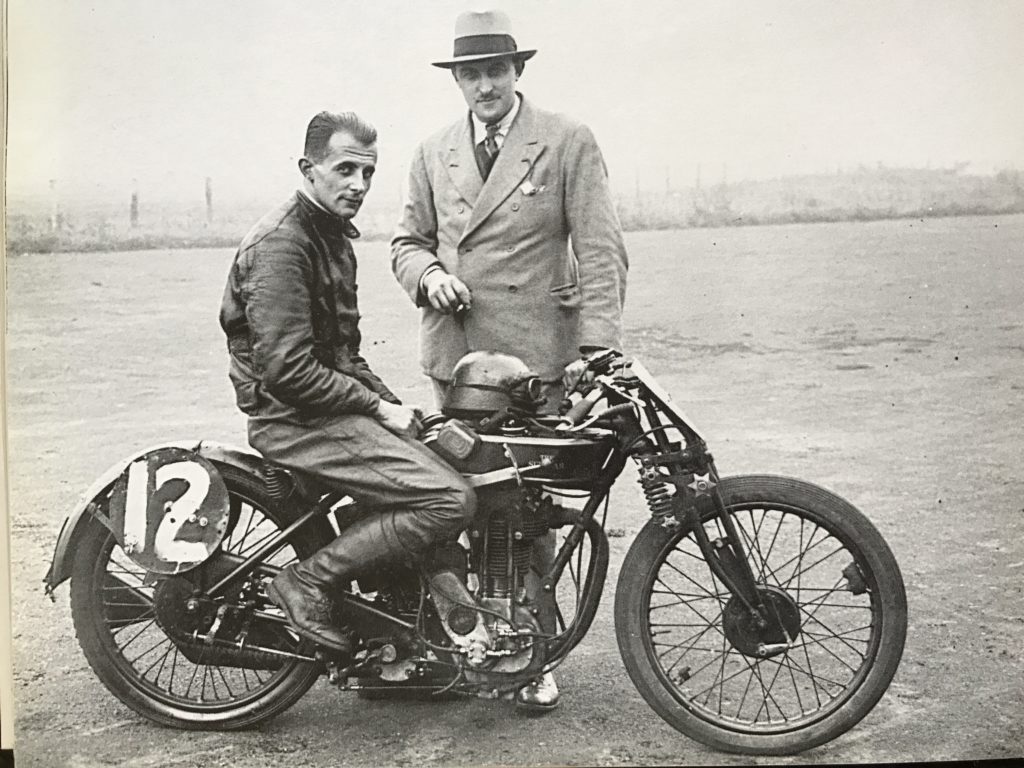
The Rudge used a unique carburetor, the ‘Senspray’, which had several good ideas, but required the constant manipulation of two levers to give good performance. Harry’s first patent in 1914 was an improvement on the Senspray principles, and led to his production of the ‘Wex’ (Weslake EXeter – see below) carburetor after WW1.
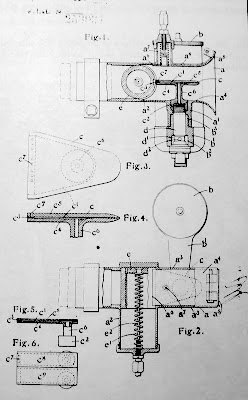
The Wex was certainly one of the best performing carbs available in the late ‘Teens, requiring only a single lever to operate, and gave significantly better fuel economy with a cleaner gas flow, which also happened to boost power. Soon the Wex could be seen on all sorts of competition machinery, including Sunbeams, Brough Superiors, and Zeniths. George Brough (below, with ‘Spit and Polish’, which used a Wex carb – note Harry behind GB), in his usual effort to have that something ‘extra special’ from his parts suppliers, insisted at one point that Weslake personally road test SS100s fitted with the Wex carb, to see for himself how the machines performed.
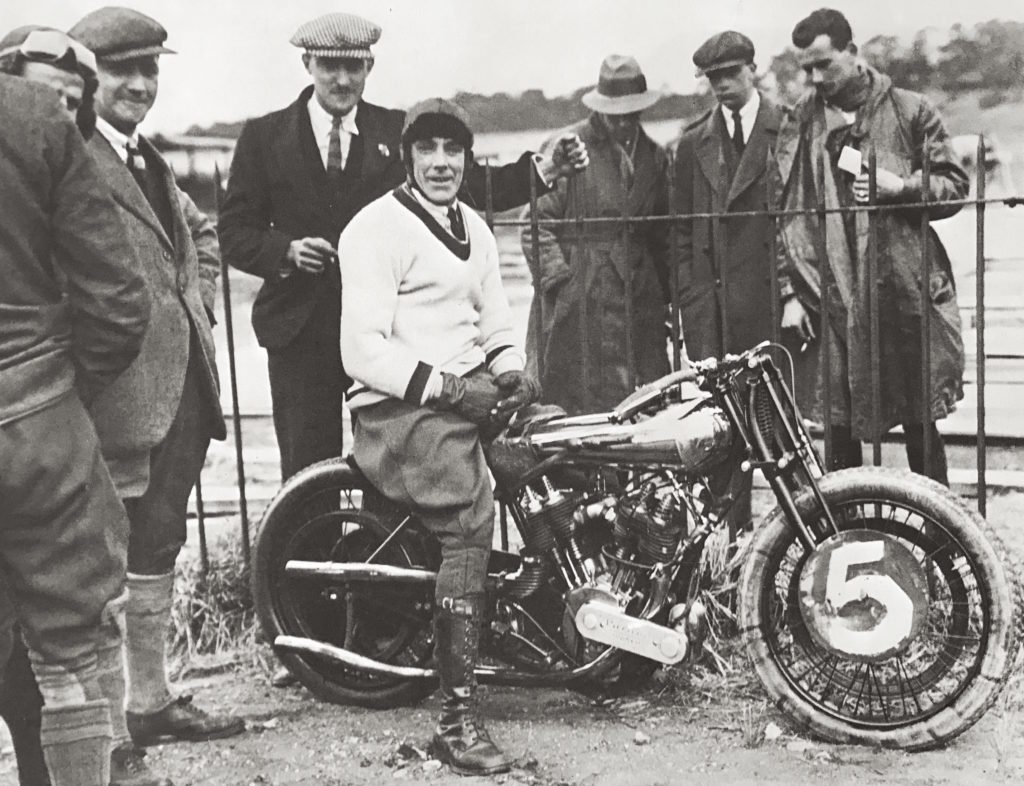
Gordon Cobbold, a die-hard Sunbeam racer in the early 1920s, pulled Weslake into the world of track racing at Brooklands, asking Harry to tune his engines and sponsor his machines to retain Cobbold’s amateur status. Weslake quickly became an indispensable figure for serious racers, and plenty of Vintage-era photographs from that hallowed track show him standing behind a victorious motorcycle which used a Wex carb. In short order, John Marston, owner of the Sunbeam factory, contracted with Weslake to tune their competition engines. In 1923 he was given three 500cc OHV Sunbeam engines to tune, and while externally identical, he found their power output varied by almost 20%. After giving some thought to the matter, he decided to investigate what must be a logical reason for these differences. Previously (and for many years to come actually) factories tested their supposedly identical production engines, sending the best ones to the competition shop, the worst to their ‘cooking’ road models, without ever investigating systematically the reasons why such variation should occur.
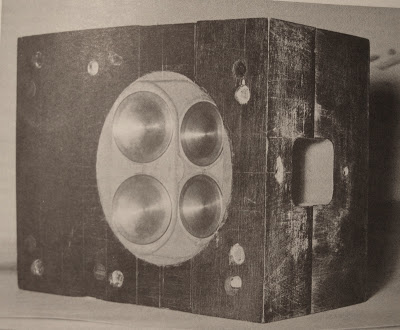
And this is where the family business comes in; remembering the testing facilities at Willey&Co which measured the volume of gas metered by coin-slot pay devices, Weslake reckoned that it would be very useful to measure the volume of fuel-air mix which passed through his motorcycle cylinder heads, to see if there was any correlation between the volume of gas passed and their power output. [And for my US readers; in England it is common to pay for your cooking/heating gas via a coin meter on your gas line… no meter readers or mailed-in bills; if you don’t pay, you have no gas!]
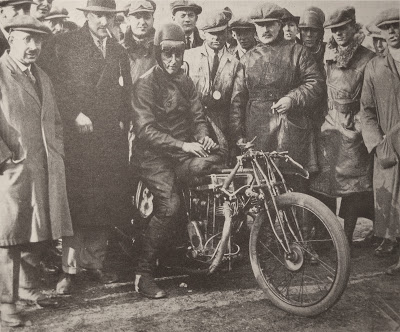
Weslake quickly found a positive correlation between the ‘good’ and ‘bad’ Sunbeam cylinder heads, and how efficiently they moved a given volume of gas. His hastily set-up test rig (see above) soon saw considerable action testing other cylinder heads, and remained in continuous usage right into WW2. The Sunbeams he tuned using gas-flow tests were shortly gaining plenty of Brooklands ‘Gold Stars’ (for laps at over 100mph during a race), and winning TTs and GPs across Europe. Weslake experimented endlessly with shaping inlet and exhaust ports, and within a short time was the foremost expert on cylinder head tuning in the world.
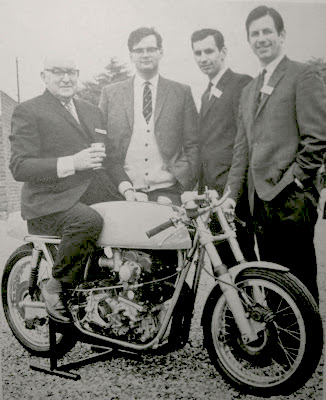
Such talents do not go unnoticed, and Weslake was soon approached by W.O. Bentley himself to ‘see what he could do’ with some troublesome engines. His results were so spectacular, regularly gaining 20%-40% power increases, that Bentley too used his services to tune their racing 4.5liter and 6.5 liter engines. Thus, in 1929, four Bentley engines which were Weslake-tuned gained the first four places at the LeMans race, and won again in 1930. His services were soon in demand for designing cylinder heads for various automotive manufacturers, including A.J.S., Austin, Wolseley, and S.S. (later Jaguar). Weslake kept his hand in motorcycle development as well, and in the late 1930s encountered Joe Craig of Norton at an Earl’s Court Motorcycle Show. These two no-nonsense gents took an immediate and intense dislike for one another when Craig, notorious for his biting sarcasm, made a ‘remark’ to Weslake about his prowess with automotive tuning. Whereupon Weslake proceeded to relate all the relevant tuning details – cam timing, inlet bore, valve size, compression ration – of a new Works racing Norton sitting beside them on a plinth, after only a quick exterior observation. Craig was visibly shaken that the tuning ‘secrets’ of his unbeatable racer were so easily summarized, and despite their personal animosity, Craig hired Weslake in the late 1940s to help improve gas flow characteristics in the Manx engine, which included reshaping the inlet and exhaust ports, and improving the turbulence of the fuel/air mix into the combustion chamber. At this point, Weslake must have worked with Leo Kusmicki on the development of the new ‘Squish’ engine for the 1950 Manx. Their methods differed, and Kusmicki, the former academic, knew that Weslake’s ‘testing rig’ should theoretically be unnecessary, since gas flow characteristics could be calculated mathematically. Of course he was correct, but a computer had yet to be invented which could provide results as quickly as Weslake’s experienced hand at port-shaping. That ‘John Henry’ moment would not come until the late 1980s!
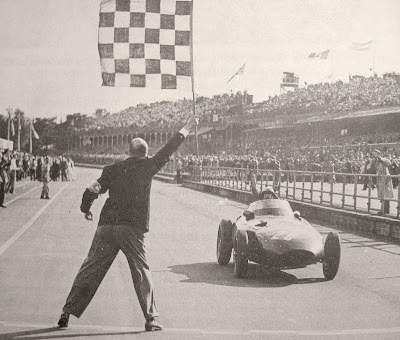
Kusmicki and Weslake worked in parallel again on the Vanwall racing project (with Sterling Moss, above). Tony Vandervell knew Weslake since the 1930s, as Vandervell had been one of the Brooklands ‘boys’, racing (of course) a Norton at the track with good results. Thus, when the Vanwall F1 team was formed, Weslake was hired to modify their Ferrari cylinder heads. When Tony Vandervell hired Kusmicki to design a British engine for the Vanwall, Weslake was on hand to help shape ports and look after cylinder head design. In a curious side note, while Vandervell was a Board member at Nortons, he ‘took’ Kusmicki’s design for the four-cylinder, watercooled DOHC racing 500cc Norton engine with him when he left the Board, during the A.M.C. takeover of Norton in 1955. This design was expanded and used in one of Vanwall F1 cars…. so in effect, the legendary 4-cyl Norton engine WAS built, only in a 2.5 liter form.
You can purchase Lucky All My Life: Biography of Harry Weslake (A Foulis motoring book) by Jeff Clew (1979-09-27) here!

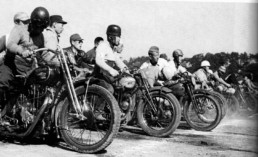
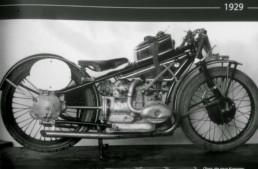
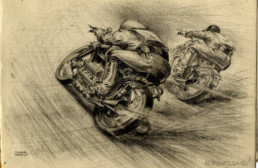
Paul: Terrific article. My only comment is you need to get a shop coat like the chap to Harry’s left complete with grime. It seems the Brits don’t care what they wear as long as they have clean underwear on. jaja (spanish for haha) Jim A.
MARCH 08, 2010
Hello, Paul,
Thanks for your recent stories on Leo Kusmicki, Sir Harry Ricardo, and Harry Weslake—giants all in both the motorcycle and automotive industries. To put a finer point on Kusmicki, he was not only responsible for the Hillman Imp all-alloy (die-cast, dry liner block) OHC engine, leaning 45 degrees, but also for convincing Rootes management to do a rear-engine car when the emerging conventional wisdom was FWD. Later on, he was (unfairly) held responsible for many of the Imp’s problems, which mainly resulted from (a) rushing to market to compete with the Mini, which beat it to market by 3 years, and (b) building it at Linwood, Scotland for Labor Government political reasons.
Your American readers may be interested to know that, as head of advanced design (after Rootes became Chrysler U.K.), Kusmicki was responsible for packaging the Dodge Omni/Plymouth Horizon hatchbacks that were quite popular in the early ‘80s.
Harry Weslake also spent significant time in Detroit, providing cylinder head consulting to Chrysler on the mighty 426 Hemi V8 program in the 1960s.
Keep up the great work.
Regards,
Lindsay Brooke
Senior Editor
AUTOMOTIVE ENGINEERING INTERNATIONAL
SAE International
MARCH 05, 2010
Fascinating stuff on a man behind the scenes and very well written !!
classicvelocity.com
MARCH 03, 2010
Dear Paul,
Congratulations on a very nice blog indeed. Packed full of absolutely intriguing material. I’m an absolute sucker for the crossovers from 2 to 4 wheels and back where they occur, particularly the design angles…did you know for instance that Ettore Bugatti designed a DOHC single cylinder supercharged 72cc cycle clip-on motor? (you might even have have blogged it).
Best wishes
Jon Dudley
P.S. I’ve always thought that the extract from ‘The Mint’ is possibly the finest piece of writing about fast motorcycling I’ve ever read.
Lawrence was a strange cove, but he loved his Broughs.
MARCH 03, 2010
there was a basic design fault with the shilling meter , a very weak hasp and a small padlock
MARCH 03, 2010
Love to read the Weslake book, but it goes for several hundred dollars, if you can find a copy.
MARCH 03, 2010
Paul,
As a lifetime fan and student of engine design and developement, I must say, your postings are A+. Just facinating stuff. Your historical perspective is very close to the truth and just the best I have had the pleasure to read. Please continue your work. I can imagine seeing you work in print at Barnes and Noble. It could inspire a great many youngsters to a lifetime of interest. I am very impressed.
Many Thanks,
Larry Doane/AMCA 944 and SAE member
MARCH 03, 2010
Excellent precis of a innovative engineer.
Not sure about us Brit’s all having to put shilling in the meter!. You’ll be putting off the US tourists;
“ hey Joleine I’ve got the passports, you got the shy-lings fer the gas meters?”
We’re a nation with bad plumbing, bad teeth and shivering with damp and cold, but compensated with an unsurpassed motorcycling heritage
😉
MARCH 03, 2010
Wonderful article and I’m ALL EARS when it comes to Chrysler HEMI’S!
I have a Weslake 440ci engine here in the UK with the ultra rare OVALPORT HEADS.
A one-off casting done by Chrysler for development at Weslake Engineering in 1969.
John Kent UK